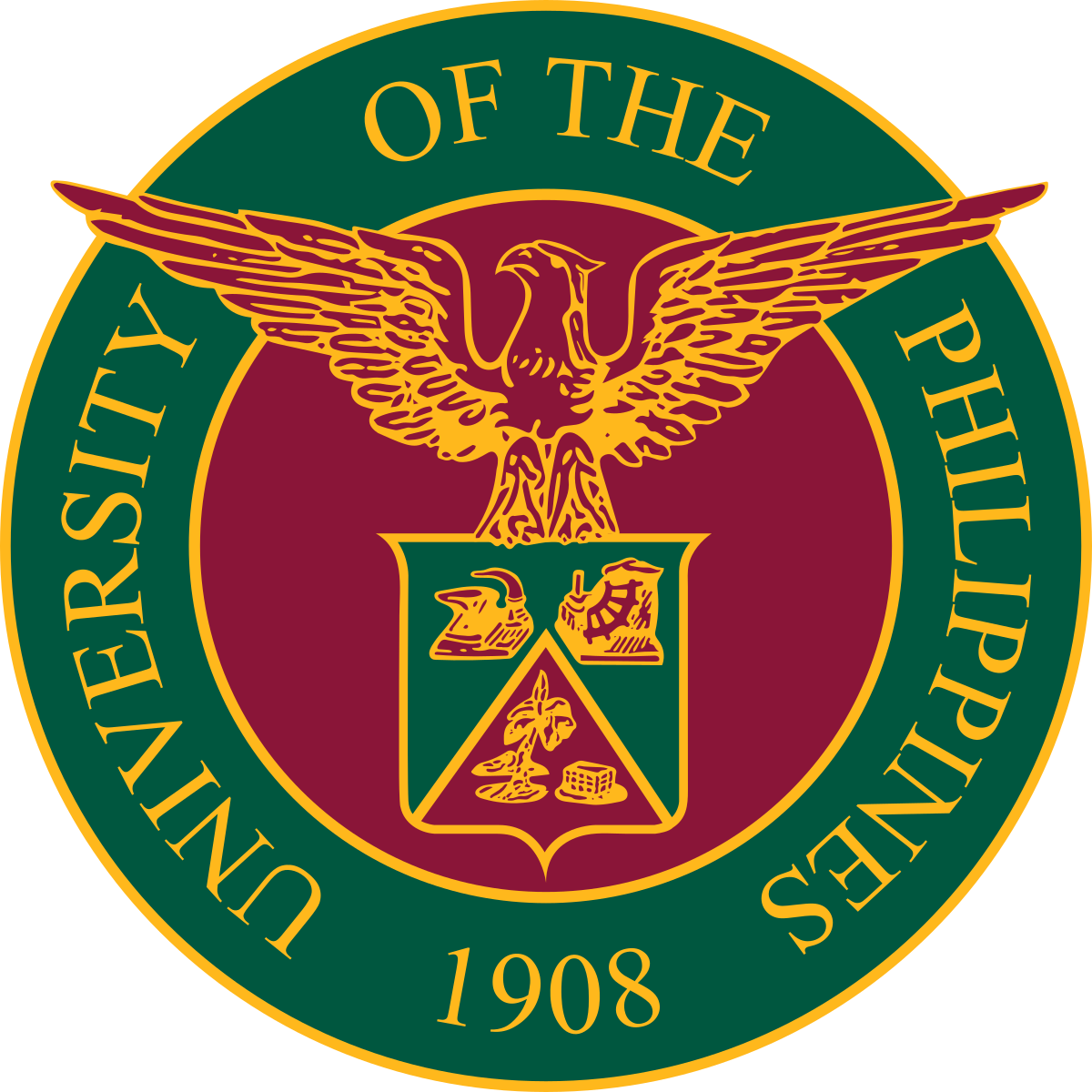Bridging Science and Local Knowledge/Perception: A Case Study of Manila Bay Coastal Provinces (Philippines) After the 1988 Red Tide Episode
Scientists and the Establishment of a Mass Environmental Awareness (1950-1990)
This study was the result of a grant funded by the UP Center for Integrative and Development Studies (CIDS) in 1996. Materials used for the red tide research included journal articles, technical papers, and media reports. Fieldwork was done in nine (9) coastal municipalities of Bataan and other coastal provinces of Manila Bay by conducting interviews and focused group discussions (FGDs) with fisherfolks, NGOs, scientists, and national and local government agency officials. This paper’s aims are four-fold: 1. Trace and narrate the events that transpired during the first occurrence of the red tide episode in Manila Bay. 2. Describe the reaction and response of the fisherfolk who were directly affected by the red tide ban, while the government and marine scientists were finding answers to the “new” hazard. 3. Narrate the scientists’ and government’s assessment and response to the 1988 Manila Bay red tide episode. 4. Discuss and analyze how the scientists, local government, and the public eventually bridged the disconnect in knowledge and the gap in communication during red tide outbreaks. The study concludes with recommendations on how best to reach and communicate to the public disaster terms couched in academic/scientific jargon and proposes steps on how to be inclusive in solving and mitigating disaster risk and response. Keywords: red tide, Bataan, Manila Bay, disasters, local knowledge/perception
Faculty Involved:

Ma. Luisa De Leon-Bolinao, Ph.D.
Professor
Focus: Philippine and Asian environmental and disaster history, and post-war Philippine history



